The last chance to stop global warming — or a delusion of grandeur? Scientists are working on innovative ways to artificially cool the planet. Here are three ideas at a glance.
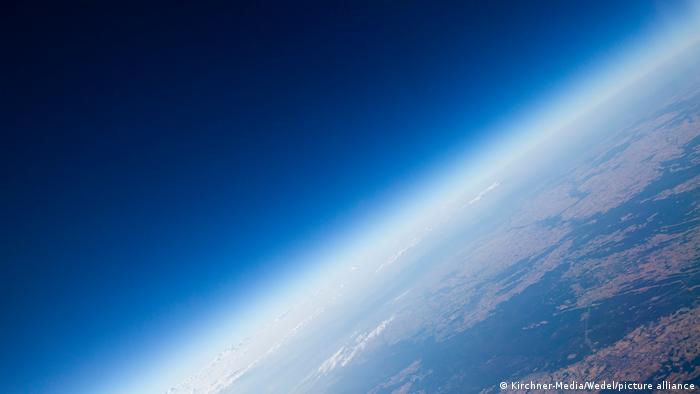
As the planet continues to get warmer, could geoengineering be our best shot at a solution?
"There is no doubt that humans are able to artificially cool the planet," explains David Keith from Harvard University. Keith is a researcher in solar engineering — a very controversial field. Mostly because it's all about discovering if and how humans can manipulate solar radiation on Earth in order to slow down climate change. Here are three different forms this idea could take — which may or may not work.
1. Mimic the power of volcanoes
When the Pinatubo volcano in the Philippines erupted on June 15, 1991, tons of ash and gas shot into the atmosphere and traveled for miles. It was the second-largest volcanic eruption of the century. To the surprise of many scientists, the event cooled the Earth by around half a degree Celsius in the months that followed. Tiny particles in the air called aerosols reflected more sunlight back into space compared to normal conditions. The result: reduced global warming.
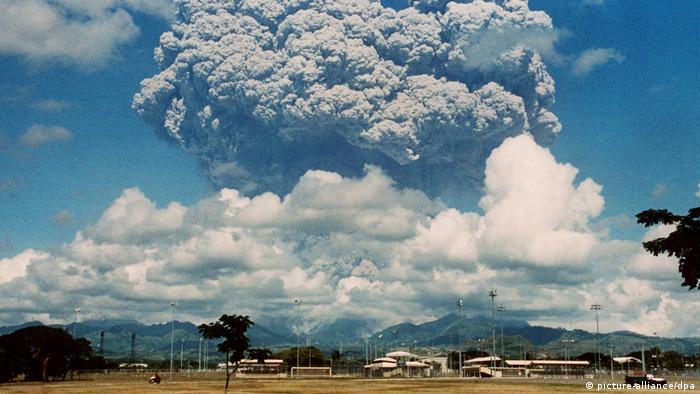
The cloud of smoke from the 1994 Pinatubo eruption had a cooling effect
Scientists like Keith want to artificially mimic this volcano effect. The theory behind it is known as stratospheric aerosol injection (SAI). It involves introducing sulfur aerosols into the stratosphere between 15 and 50 kilometers (9 and 31 miles) above the Earth's surface. The aerosols would then, theoretically, combine with water particles and reflect more sunlight than usual for the next one to three years.
"There's evidence from basically every single climate model that shows that if you do a pretty even north-to-south east-to-west distribution of aerosols in the stratosphere you can reduce many of the most important climate hazards," says Keith. "So, changes in water availability, changes in temperatures, including extreme temperatures."
In order to make it permanently cooler, the aerosols would need to be put into the stratosphere over decades and over a large area. Achieving this would require balloons, artillery, airplanes or even huge towers.

To reduce solar radiation, some scientists want to release small particles into the Earth's atmosphere
But this seemingly simple solution also poses some considerable risks. Some scientists fear it could lead to an increase in extreme weather conditions, trigger acid rain or damage the ozone layer. Critics even view the technology as a potential climate weapon.
So far it's barely been tested. The research project SCoPEx, in which Keith is also involved, planned to carry out experiments with a balloon over Sweden this year and investigate the method's effects and risks. But following protests by local communities and environmental activists, the attempt was cancelled at the last minute.
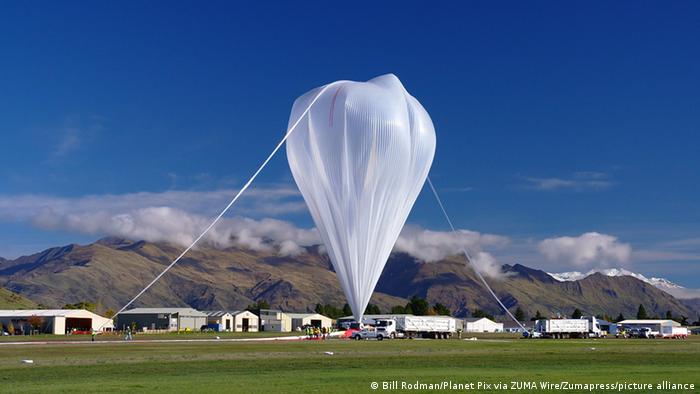
The SRI method was supposed to be tested in June with balloons before it was cancelled due to protests
2. Use the sea as a mirror
It sounds unbelievable, but some scientists are researching how to cool the planet by covering large parts of the ocean with artificial foam. This process is also known as "ocean foaming" or "microbubbles."
About 70% of the Earth's surface is covered by ocean. The water — which is mostly dark due to its depth — reflects very little sunlight and stores a lot of heat. The lighter the surface is, the less it heats up. This is called the albedo effect. And it could also be harnessed on the water.
"The idea of microbubbles in the ocean is making a foam to reflect away some portion of incoming solar radiation and to deploy it in strategic locations where you could possibly effectuate certain climate outcomes," explains Corey Gabriel, a climate scientist from the University of California San Diego.
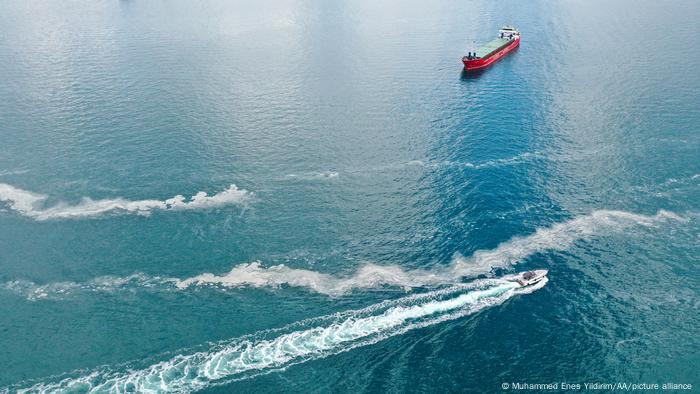
For artificial foam to have any effect, it would need to remain on the surface of the water for several days
In theory, this foam could reflect 10 times more sunlight than dark water surfaces. With enough foam, this should be able to cool the planet by 0.5 degrees Celsius. Some scientists have suggested that the foam could be stirred up with the help of specialized ships. Or container ships around the world could deploy it in different areas of the ocean.
The method, however, remains largely unexplored and is far from being a viable solution. And the impact that huge amounts of sea foam could have on marine ecosystems is still unclear. Its potential impacts on the climate, as well as local weather events, would also be very difficult to control.
3. Paint cities white
In many cities around the world, the mercury soars during summer. New York, for example, is on average around 1 – 3 degrees Celcius warmer than its surroundings. On some evenings, it's even up to 12 C warmer.
The reason: Dark rooftops, streets and sidewalks heat up much more easily than trees, fields and areas where plants provide shade.
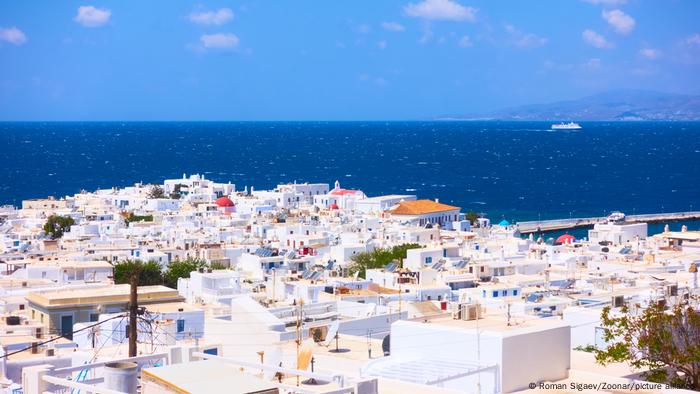
In cities like Mykonos in Greece, the buildings have always been painted white to keep the city cool
We already have a solution to this problem: Paint houses and roofs white. It's as simple as it sounds and relatively cheap, too. And it has a cooling effect. A white roof is about 30% cooler than a black one. This has long been a part of the architecture in African, Arab and southern European counties to keep the heat out.
"Local temperatures could be decreased by something in the order of one degree," explains Sonia Seneviratne, a climate scientist at ETH Zurich. "Obviously this is an average number, for very hot days when you have a lot of radiation, the effect would be even higher."
The New York City CoolRoofs initiative has applied white paint to more than one million square meters of roof space in the city since 2009. The paint not only cools the houses and the surrounding area, it also saves energy, with residents less likely to turn up their air conditioners. Scientists estimate that if all roofs and sidewalks around the world were painted white, it could save the equivalent greenhouse gas emissions of 700 medium-sized coal-fired power plants.
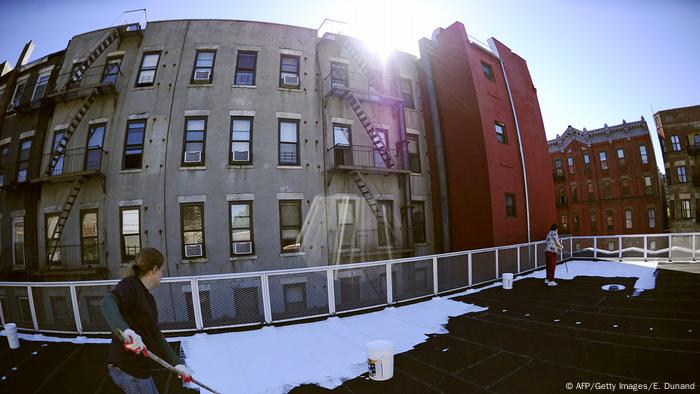
Rooftops are being painted white in New York City to help save on energy costs and emissions generated from airconditioning
Solar geoengineering — yes or no?
Although painting cities white only has an effect on the local climate, there are no dangerous side effects and the method is already being used. Due to the many uncertainties and potential risks, stratospheric aerosol injection (SAI) is meanwhile still far from becoming a reality. And creating artificial foam on the oceans is even less feasible right now.
Scientists are divided into two camps over whether more money should be investing in solar geoengineering in the future.
"If we don't do the research, then the next generation will have to make decisions in ignorance — and they may even make the decision to try implementing this even without the research," says Keith. "But I think that would be foolish I think there's somewhat of an ethical imperative to provide information to the next generation."
Even if other scientists think differently than Keith, they all agree on one point: We need to reduce greenhouse gas emissions as quickly as possible and find ways to adapt to climate change in the long term. Because even solar engineering will not be able to completely reverse global warming.
This article was adapted from German.
No comments:
Post a Comment